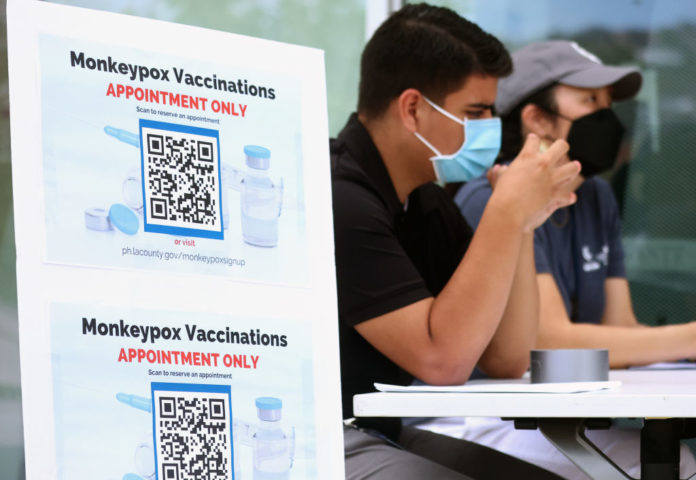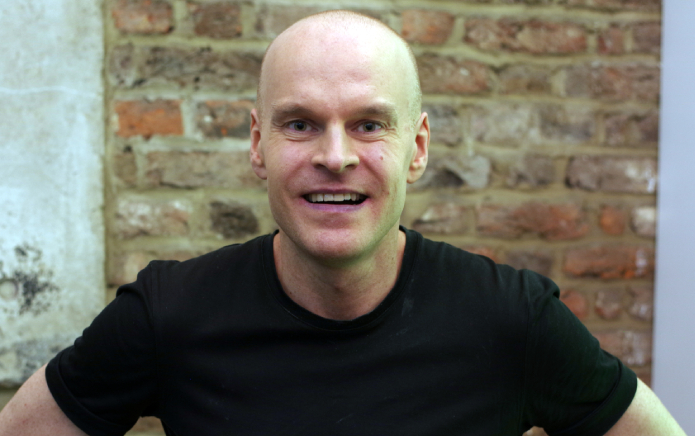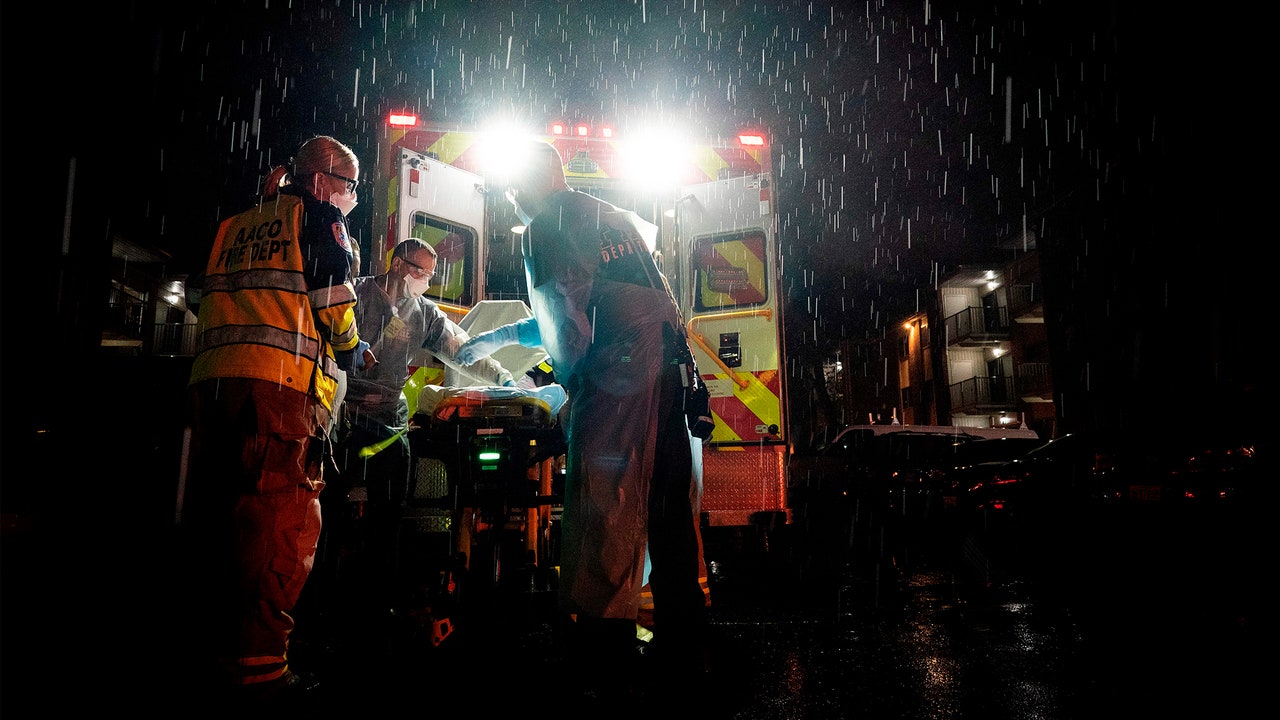
Health officials have examined demographic data on monkeypox cases in Louisiana and found six in every 10 cases have occurred among Black people. More than a quarter of diagnoses have been white, and 95% are male.
As of Wednesday, 127 monkeypox cases have been confirmed in Louisiana since the first person was diagnosed July 7.
Cases have been identified in six of Louisiana’s nine public health regions, with the vast majority in southeast Louisiana. Nearly 1,000 people have been vaccinated against monkeypox at community vaccination events held at LGBTQ bars in New Orleans.
“We felt it was critical to release this analysis so we could shine a light on these disparities and the need for us all to do more,” State Health Officer Dr. Joseph Kanter said in a statement. “This requires a whole of Louisiana effort. Now that we have more vaccine supply, we will be able to do many more community vaccination events. This is a priority for the department — we must do all we can to protect our at-risk residents and communities.”
The Louisiana Department of Health (LDH) has requested and received assistance from the CDC ahead of Southern Decadence, an annual six-day annual gay and lesbian celebration in New Orleans the coincides with Labor Day weekend. A team specializing in vaccines, communications, behavioral science, epidemiology and logistics has been sent to the city and is working closely with LDH and New Orleans health officials.
A demographic breakdown of Louisiana’s monkeypox cases is available on an LDH dashboard. In addition to gender and race, the information includes age and ethnicity.
People most commonly get monkeypox through close and sustained skin-to-skin contact, but not limited to intimate and sexual contact. The virus can also spread through contact with body fluids such as saliva or fluid from the lesions of infected individuals or by touching objects, fabrics (clothing, bedding, or towels) and surfaces someone with monkeypox has used.
Monkeypox cases reported between May 17 and July 22 comprised the CDC data.








